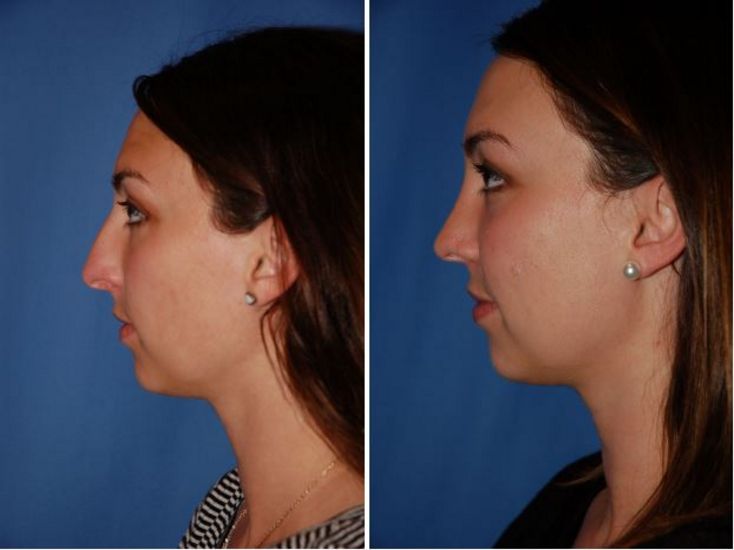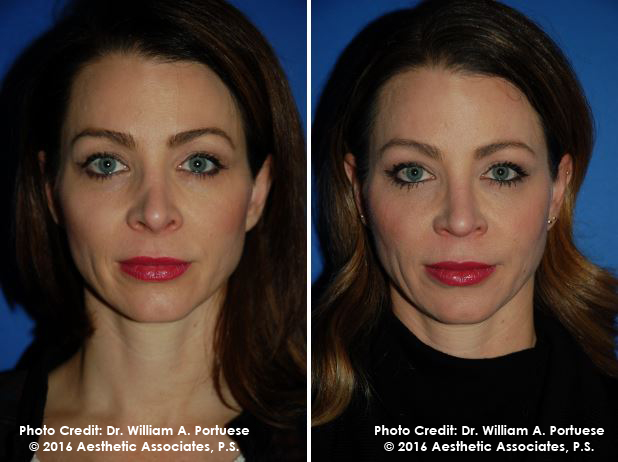top facial plastic surgeon Portland Oregon
on the day of the surgery, Dr. William Portuese reviews the surgical plot and computer imaging gone the patient. Patients furthermore meet the board credited physician anesthesiologist and are later admitted into our Medicare official outpatient surgery center. In our surgical center, a rhinoplasty is always performed under general anesthesia for accommodating safety and comfort. Nose surgery usually takes between one to two hours under the forward organization of the anesthesiologist. Dr. Portuese performs the entire surgery taking into account a closed rhinoplasty retrieve and later applies a cast across the bridge of the nose that will stay in place for 6 days. Patients are taken to the recovery room where they will wake taking place from the anesthesia and after that go home like their caretaker. Recovery Time: Patients will have visible bruising and blister for nearly 10-14 days after the procedure. The first postoperative visit is at one week bearing in mind the cast is removed and patients can see their initial results. There will after that be followup appointments at one month, 3 months 6 months and one year.


